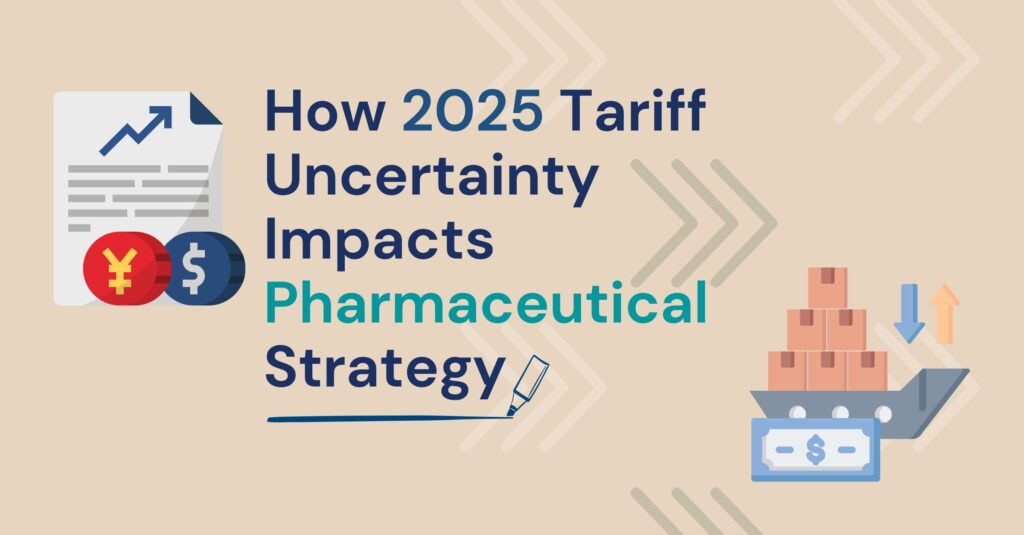
Tariffs are affecting many industries in 2025, and pharmaceuticals are not being spared. Although new U.S. tariffs on Chinese imports were briefly enacted this year, they were quickly placed on hold. This pause has not eliminated uncertainty. Instead, it has added to the broader sense of economic hesitation, especially in industries like pharmaceuticals that depend on global sourcing, complex supply chains, and clear cost structures.
Tariff-related instability has a chilling effect, even without long-term enforcement. It’s causing ripple effects across strategy, investment, and operations. When the rules of the game are in flux, pharmaceutical companies tend to pause. Budget approvals stall. Investments get delayed. New partnerships are pushed back. And that hesitation could be more damaging than the tariffs themselves.
Uncertainty as a Barrier to Action
Uncertainty, even more than the tariffs, is what’s really slowing down pharmaceutical innovation. We see it across industries: where companies might once have invested in something meaningful, they’re now opting for cheaper, risk-averse alternatives. You can see it in small things. Office budgets tighten. The good coffee disappears. Travel is cut. Teams are told to do more with less. And in more strategic decisions, like upgrading labeling systems, modernizing document control, or digitizing compliance processes, decision-makers are hitting pause.
Publicly traded pharmaceutical companies, especially, are caught in a difficult position. They’re beholden to shareholders, responsible for cost containment, and wary of missteps in volatile markets. But in trying to minimize risk, many may be unintentionally stalling progress. While some organizations wait for clarity, others are moving ahead and using this period of hesitation as a competitive advantage.
The Tariff Freeze Won’t Last
Although the current tariffs were halted after their initial rollout, that doesn’t mean they’re gone. The potential for reinstatement, or escalation, remains on the table. Recent executive actions signal a more assertive stance on trade policy, particularly targeting sectors like pharmaceuticals, semiconductors, and medical technologies.
For pharmaceutical manufacturers and supply chain leaders, this is the time to prepare. It’s a rare moment to act while others hesitate. Tariffs, if reimposed, could drive up the cost of active pharmaceutical ingredients (APIs), packaging, labeling components, and even AI-driven technologies used in regulatory submissions.
Why Waiting Carries More Risk Than Acting
Pharmaceutical companies often operate on long timelines. From clinical development to labeling to market access, delays can create compounding costs. If tariffs return and you’re unprepared, the downstream effects may not hit immediately, but when they do, they’ll be expensive and hard to unwind.
Now is the time to:
- Reassess your supply chain resilience.
- Evaluate cost-saving technologies, including AI for documentation and labeling.
- Plan how you’ll respond if tariffs are reactivated next quarter or next year.
An Opportunity to Gain Ground
There is no denying that tariff policy is complex, and the global pharmaceutical industry faces pressure from multiple directions: pricing controls, inflation, international regulation, and political uncertainty. But while many companies freeze, some are optimizing. They’re investing in automation, upgrading labeling processes, adopting compliant AI solutions, and accelerating quality initiatives that pay off regardless of the political environment.
The question pharmaceutical leaders should be asking is not what if tariffs come back?, but will we be ready if they do, and more efficient even if they don’t?
Turn Uncertainty Into Advantage
Budget hoarding during volatile times is understandable, but it rarely drives growth. Strategic investments now, especially those that improve efficiency, reduce human error, and increase regulatory agility, can position your organization ahead of the curve.
This isn’t about ignoring risk. It’s about planning around it and using clarity in operations to offset ambiguity in policy.
If your competitors are sitting on their hands, this is your moment to move.
Need help navigating labeling, documentation, or regulatory compliance in this uncertain environment? Contact Glemser today to get started.


